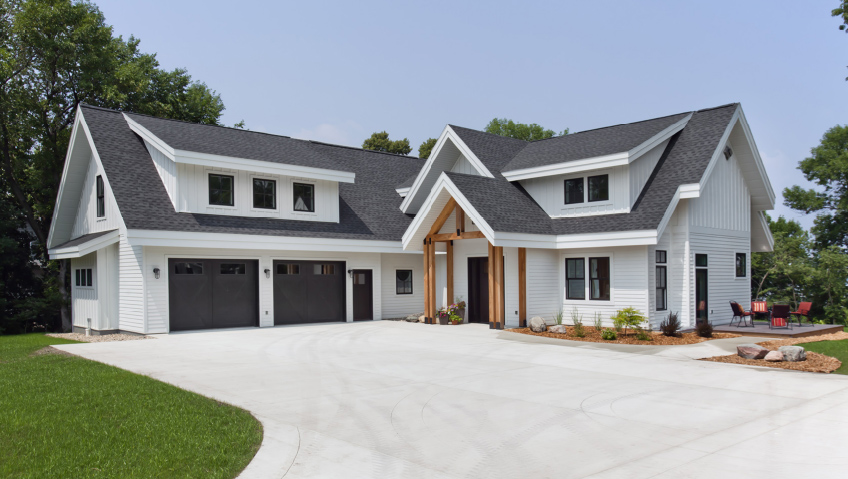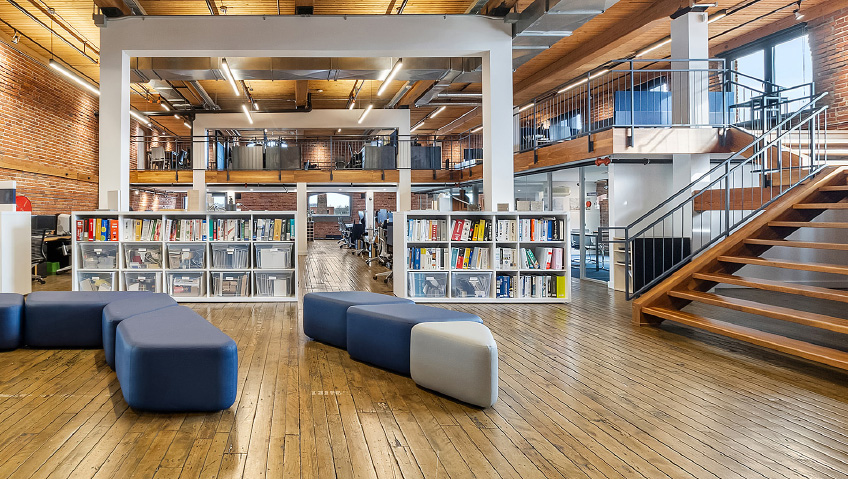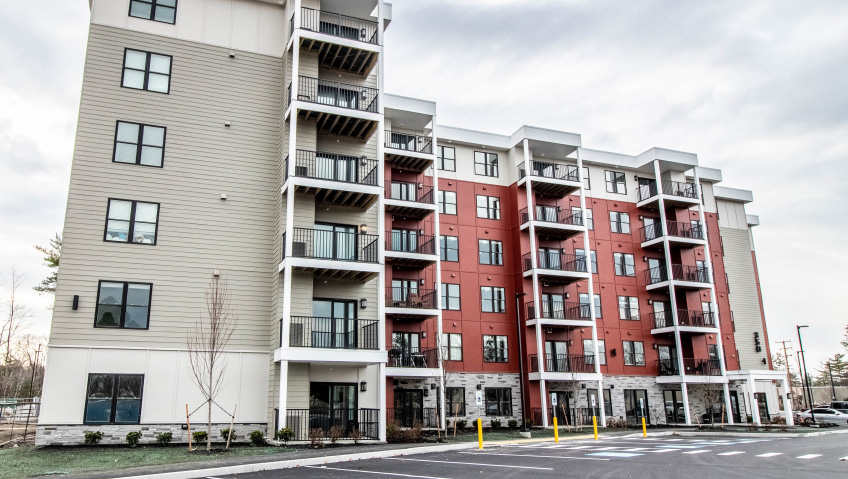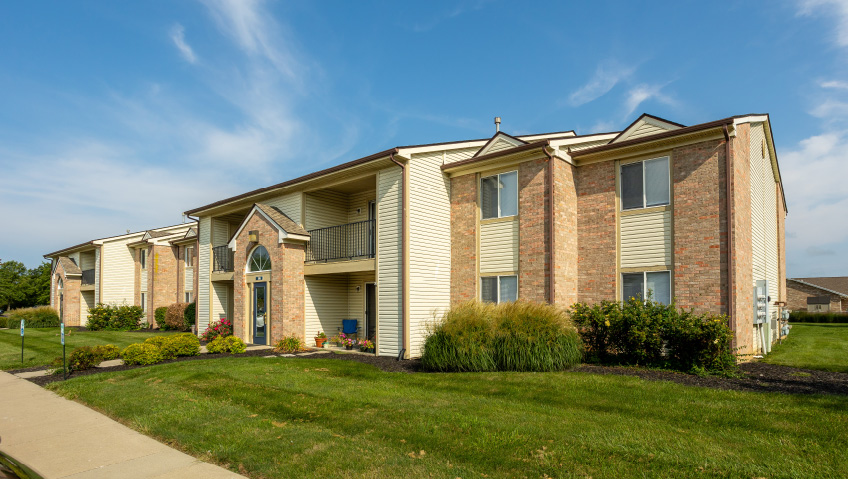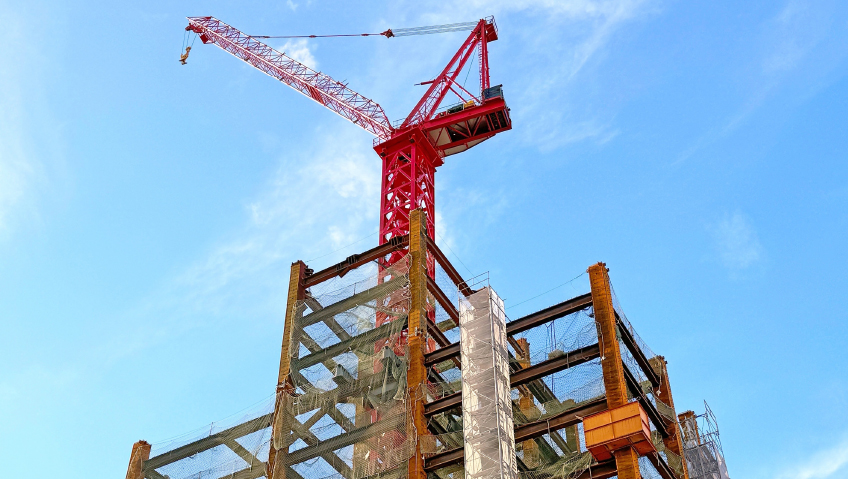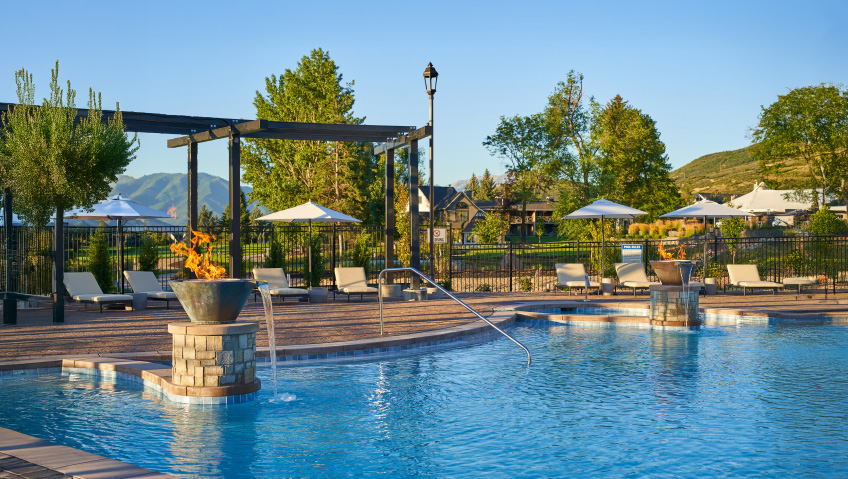SIPs (Structural Insulated Panels) are a revolutionary building technology that combines sheathing, insulation, and framing such that wall panels are built completely in one off-site procedure. Wall and roof panels that provide enhanced air quality, cost-effectiveness, and energy efficiency are among the simplest ways to make any building greener, and Enercept has a built solid reputation for providing the most specialized SIPs available.
“We believe we’re the most experienced and best supplier of SIPs in the industry,” says Charlie Ewalt, President of Enercept.
Compared to conventional construction techniques, an SIP structure can amass energy savings of up to 60 percent over structures of comparable size. Whether for a residential, commercial, or agricultural facility, Enercept’s products provide worry-free, eco-friendly framing and insulation solutions through the company’s nationwide network of dealers and contractors.
43 years of customizing
The company got its start in 1981, founded by Harold Henley as Energy Concept in Watertown, South Dakota. His patented system used polystyrene cores as sheathing material around modular mobile home skirtings and added laminate plywood.
43 years later, the expanded polystyrene is made right in Watertown as well by a company called Benchmark.
“With our ongoing success, Enercept has worked to add new material,” says Joe Pasma, National Sales Manager. “We tout ourselves as one of the most customized SIP products in the industry, meaning we have two different lamination lines. One is the four-foot wide and one is the eight-foot wide. We can make panels up to eight by 24 feet, and then with that four-foot line, that’s our workhorse where we customize all the skins.”
The OSB (Oriented Strand Board) gets cut before lamination, along with the foam, before being assembled. Installation of interior or internal components, such as special structural elements, backers, additional I-joists, or structural reinforcement, can be done on that four-foot line.
The difference
“Our methodology is a little different from competitors’ products,” says Pasma. “But SIPs are pretty standard across the industry: OSB skins and the EPS core—expanded polystyrene—are probably the two most common components used, not only by Enercept but other SIP manufacturers as well,” he explains.
“But what sets us apart from other competitors is how much we actually assemble in the factory. In the manufacturing process, we call it ‘ready to assemble,’ or RTA, meaning we use what’s called the thermal post to connect our wall panels together.”
This involves two two-by-fours turned sideways, with foam EPS in between the two pieces, which are laminated and then installed in the panels, nominally every four feet on center if using four-foot wide panels. When installers in the field begin to put the panels together, one side of the spline—the connection mechanism—is in place already, meaning it’s a matter of just pushing the pieces together with a tongue and groove fit, resulting in a quick assembly.
Speed is always a construction priority, and while SIPs themselves speed up construction, not all companies’ SIPs are alike, says Pasma. Many competitors supply mini panels—block splines—with OSB on either face and the foam core in between. These are typically supplied in loose eight-foot lengths. In contrast—and crucially, with regard to speeding up the process—Enercept installs these thermal posts in the panel itself. And when it comes to window and door openings, not only does Enercept recess the foam to accept the nominal two-bys, but installs them at the factory as well, giving field installation crews one less step to take up their time.
Enercept prides itself not only on its high-quality manufacturing but its design work too. “We have the experience in providing projects that are unique,” says Ewalt, citing a construction on the north shore of Lake Superior in northern Wisconsin shaped like a ship.
“It’s a project that our drafting and production team put together, as far as a set of panels goes, that worked well at the site and really created a unique structure as well. Many things we’ve done over the years have set us apart in the industry in that way.”
Enercept also produces panels that other companies don’t, including below-grade panels (meaning panels for underground conditions), foundation panels, and basement panels, as well as a wood foundation panel that can be used in various applications.
“I know there are certain situations where people don’t feel comfortable with wood-related products underground or ‘subgrade,’ but there are ways to do that as well, and they can fit a lot of applications out there,” Ewalt says. “Specifically in the residential market, they provide a really comfortable basement environment, so you don’t get the cold, clammy, concrete feel associated with basements. That’s something that’s unique to us as well.”
Growing a culture
In its 43 years, Enercept has provided SIPs not only across the country but to projects as far away as Antarctica and Greenland, helping to build and maintain a solid reputation within the industry that Ewalt truly enjoys hearing about via customer testimonials.
“Customers that have built with us years ago say they still really like their Enercept home. They like the comfort and efficiency it provides,” he says. “We get some nice feedback. And it’s surprising how that comes a few years later or through referrals from those customers to someone else who might be interested in building at that point.”
From a culture standpoint, Enercept is like a family, he adds, comprising a relatively small group of 50 employees “who bring their A-game day after day to provide great product for customers. We normally hear good feedback from our team about how they like working here at Enercept. As far as culture goes, we work to be supportive. We try to be as flexible as we can to work within people’s schedules and try to make things work for our team as well as meet customers’ and shareholders’ needs. It’s a balancing act.”
Putting out the story
One of the challenges Enercept faces is having more sway in the building industry. “We’re not considered mainstream in a lot of cases, so generally the customers we do business with are those that have gone out and done their research,” says Ewalt. “They’ve determined this is the way they want to build. They want to have a nice, comfortable environment, and they believe this is a great way to put it together.”
SIPs are not a well-known feature of mainstream building in part because they’re different, making it harder to encourage builders to switch.
“That’s been a challenge for SIPs for a long time. We believe there’s an opportunity now because of the continuous insulation we provide throughout our walls; they have a lot fewer thermal breaks. We focus on that, and we have a real edge, but at the same time, there’s a resistance within the building community to doing things differently.”
There are also industry lobbying efforts to reduce some of the building requirements SIPs face, and while it’s an uphill climb, Enercept keeps climbing.
“We stay out there, we keep talking, and we look for opportunities wherever we can,” Ewalt says. “We do find, with the energy codes as they are, that there’s more of an acceptance; that there’s more of the thought that this may be a way to go. But there’s still that resistance we have to overcome.”
For a better world
From a sustainability standpoint, Enercept is also making its mark, utilizing EPS which comes as a byproduct and provides a great benefit for insulation. Additionally, OSB’s sustainability is generated by the choice of fast-growing trees that are replanted as they’re harvested.
As far as milestones go, Enercept is looking for ways to increase its sales square footage, which means going to different markets and partnering with diverse industries to supply panels to those potential users who keenly regard efficiency and speed of construction as benefits.
“With the building codes that we have, energy efficiency is paramount,” says Ewalt. “A lot of young folks today are worried about what’s happening with energy, conservation, and global warming.”
Residential construction dwarfs commercial construction in dollar volume, he adds, with the amount of energy it takes to heat and cool those units substantially contributing to global warming. “If we’re able to supply materials that help make the building shell energy-efficient and can reduce the amount of energy consumption—which the SIPs do, not only because of the solid EPS core but also from the tightness of the building itself as we put it together—I think it goes a long way to helping those global challenges out there.”
Living with SIPs
If built well, Ewalt anticipates these structures standing the test of time along with providing great living environments.
“We’ve supplied SIP panels to the South Pole at the International Science Station where they have ongoing projects in Antarctica that continue to need buildings,” adds Pasma. “We have a chance every so often to supply material to that initiative, so it’s neat to have this small midwestern company supplying material all over the world like that.”
Getting the word out about SIPs and their unique ability to perform in a wide variety of settings and projects is an ongoing goal for Enercept and one the company will continue to embrace. “Our team’s responsiveness means working with our customers, getting back to them, and providing information,” says Ewalt. “We do a good job of getting information out to the general public.”
Indeed, through its continuous innovation and dedication to quality, Enercept is addressing global challenges with products that enhance comfort and reduce energy consumption. With a steadfast commitment to expanding its reach and raising awareness of the benefits of SIPs, Enercept is poised to continue leading the way in creating greener, more efficient building environments.

